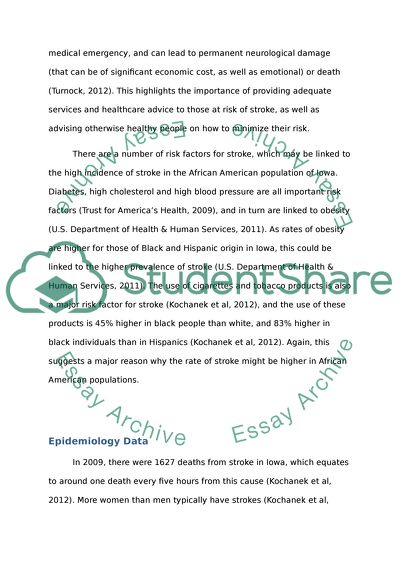Cite this document
(“The Higher Risk for Black and African American Populations for Stroke Research Paper”, n.d.)
The Higher Risk for Black and African American Populations for Stroke Research Paper. Retrieved from https://studentshare.org/health-sciences-medicine/1467077-the-higher-risk-for-black-and-african-american-populations-for-stroke-within-iowa
The Higher Risk for Black and African American Populations for Stroke Research Paper. Retrieved from https://studentshare.org/health-sciences-medicine/1467077-the-higher-risk-for-black-and-african-american-populations-for-stroke-within-iowa
(The Higher Risk for Black and African American Populations for Stroke Research Paper)
The Higher Risk for Black and African American Populations for Stroke Research Paper. https://studentshare.org/health-sciences-medicine/1467077-the-higher-risk-for-black-and-african-american-populations-for-stroke-within-iowa.
The Higher Risk for Black and African American Populations for Stroke Research Paper. https://studentshare.org/health-sciences-medicine/1467077-the-higher-risk-for-black-and-african-american-populations-for-stroke-within-iowa.
“The Higher Risk for Black and African American Populations for Stroke Research Paper”, n.d. https://studentshare.org/health-sciences-medicine/1467077-the-higher-risk-for-black-and-african-american-populations-for-stroke-within-iowa.


